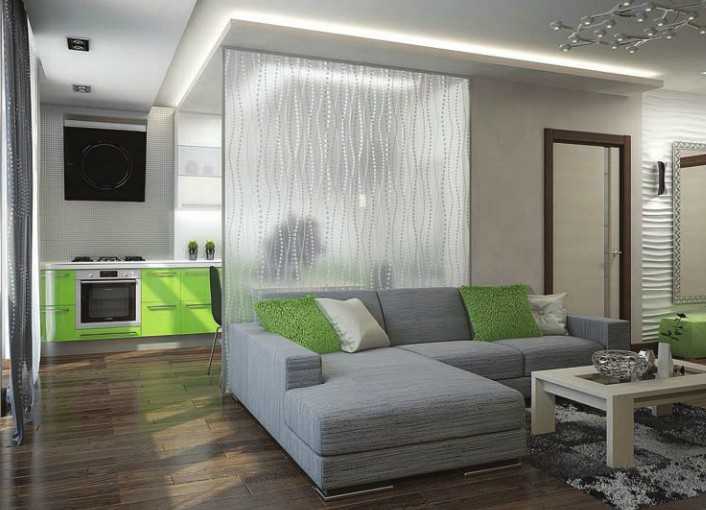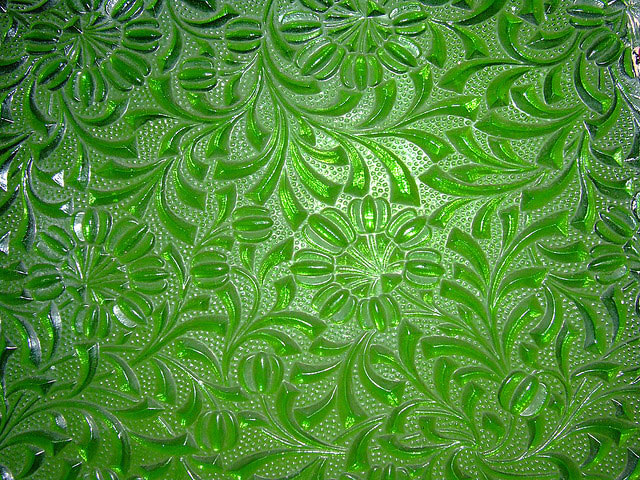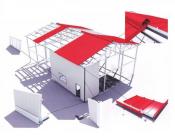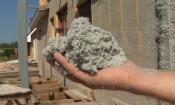Search
Login
Recommended
Glass in construction
The modern structure is often unique, the possibilities are endless and glass plays a big role in this.
Content
- General information video
- Types of modern glass
- Safety requirements
- Glass - Triplex
- Energy saving glass
- Sun glasses
- Using frosted glass in the interior video
- Colored and patterned glass
General information
In the twentieth century, we were born in the 50-60s, watched with enthusiasm foreign films, while paying attention not only to the plot, but also to the design of the houses.
The beauty of the panoramic and French windows seemed a pipe fairy tale for us.
Surprisingly, this fairy tale was embodied in our life.
Now, we can admire very beautiful country houses, beautiful terraces, balconies and all this, thanks to the use of glass as a building material, moreover, this material is made using new technologies.
For designers, glass is a source of inspiration.

Panoramic glazing - increases the space, creates the illusion of a room merging with nature (of course, if the glazed terrace and French windows open onto a beautiful garden).
Glass structures are widely used not only in the construction of the building itself, but also in the interior design of rooms and modern landscape gardening compositions.
Types of modern glass
Modern glass in the construction market has occupied its niche of full-fledged building material.

Currently, in the architecture of the building,
they use glass blocks and tiles of various sizes and colors, in places that contribute to glass damage, they use reinforced glass (there is a metal mesh inside it), and for safety reasons, armored glasses are used.
In architecture it is possible to use a variety of convex and concave glass surfaces.
Installation of a glass roof, in modern construction, is not particularly difficult. Moreover, the roof can be made of any configuration.
Indoors, at the height of fashion, tempered glass worktops, beautiful translucent ceiling structures made of laminated, molded glass.
![]()
Molded - bent or radiused glass, its thickness is from 4 mm., During production (by individual orders), it is given the desired shape and tempered.

Designers widely use decorative glasses indoors, these glasses are made using chemical etching from lacobel glass. Lacobel is a glass, one side of which is covered with an even layer of paint and varnish, such glass passes light evenly, passing through the glass, the light takes on different shades of color.

To fulfill individual orders, use a glass cloth in the manufacture of doors, glass is decorated using fusing technology (at very high temperatures, colored glass is fused).

When creating a classic interior, decorators offer glass elements with a facet (with a cut edge) - this decor looks very elegant and expensive.
The use of glass indoors allows you to create the illusion of free space. The closest room does not look overloaded, since glass is able to freely transmit and refract light.
The real miracle that can be used in tricks is electrochromic or smart glass. Such glass, almost instantly, can become fully or partially opaque. In the production of such glass, a multilayer liquid crystal film is used, it is part of the triplex. By applying a voltage of 65 V. to this film, the crystals change their position, as a result, the glass changes its transparency.
Safety requirements
Strength and safety are the main requirement for any glass structure.
Experts constantly advise, in the manufacture of windows, glass furniture, fireplace screens, to use tempered or tempered glass. Such glass withstands shock forces of up to 7 times higher than usual, steadily keeps temperature drops, can withstand temperatures up to 300 degrees. If trouble happens, such a glass breaks into small pieces up to 0.5 cm with blunt edges.
The tempering of such glasses is carried out strictly in accordance with GOST, for which an appropriate certificate is issued.
All types of architectural and interior glass have a very high strength. But if a complex design with panoramic glazing is performed, special designs are required for such designs, this leads to the idea that all design work, the manufacture and installation of such structures should be done only by professionals.
In case of repair - replacement of glass paintings should be made with glass of a similar thickness.
Triplex Glass
Triplex glass is a particularly durable, light-transmitting glass, it is also called laminated.
In the manufacture of triplexes, fill triplex and film triplex are produced.
In the filling triplex, the layers (usually three) are interconnected by a laminating polymer composition.

Film triplex is made using a polymer film, it connects the layers of glass and can be tinted in any color.
Triplex filler can be of any shape, for the manufacture of such triplex, first the glass of the desired shape is made, and then the polymer is poured between the layers.

Triplex is an anti-vandal glass, since upon destruction, thanks to a special film that delays fragments, it remains hanging on this film.
Triplex has a good soundproofing property, due to which it is used in the construction of walls, including sliding, in other floor and ceiling structures.
Energy saving glass
The use of energy-saving glass, allows residential buildings to keep warm in the winter and cool in the summer.
Such glass may be tinted to protect from the sun and ultraviolet rays.
These interesting qualities give the glass a thin coating of metals.

Glass begins to selectively transmit or reflect radiation in certain wavelength ranges.
Multifunctional glass combines the properties of energy-saving and sun-reflecting glass.
Sun glasses
Such glasses may not reflect, or reflect radiation.

Depending on the thickness of the sheet, the transmittance of the heat-absorbing glass changes.
Glass that absorbs light can heat up to 70 degrees above atmospheric temperature.
Such glasses are not used in the outer glazing of the sunny side, as well as in glazing of the roof.
Reflective glass heats up much less.
Using frosted glass in the interior
In the interior, the combination of frosted glass, transparent and frosted glass with a pattern looks very nice.

The squeak of fashion is interior sliding doors using various frosted glass with and without patterns, as well as mobile transparent and frosted walls.
In such voluminous and movable structures, only tempered glass is used.
During installation, they use special fasteners and a rail mechanism, which allows the structure to move softly and silently.
Using high-tech techniques, glasses are matted, tinted, any pattern can be applied to glass.
Colored and patterned glass
The most modest interior can be decorated using colored and patterned glass.
If you insert colored glass into a plain cupboard or display case and properly illuminate it, you may get an unexpected effect.

However, designers are advised to introduce such bright light paintings in a dosed manner.
In everything you need to know the measure. In one room, up to 20 square meters, there can be only one large, colored object, or two small ones. Everything else should be decorated in soothing colors.





